If you’ve ever looked at a dryer outlet or RV plug and wondered: can this outlet power both 240-volt and 120-volt devices? The answer is it depends.
In this post, we’ll explain how these outlets work, why some are safe to use for both voltages, and what you need to know before plugging in.
The Basics: Split-Phase Power in Your Home
Most U.S. homes receive split-phase service. Here’s how it works:
-
Your utility delivers two “hot” wires, each carrying about 120 volts.
-
Between the two hots, you measure ~240 volts.
-
Between either hot and the neutral, you measure ~120 volts.
That’s why a 4-wire outlet (two hots + neutral + ground) can power both 240V appliances (like dryers, ranges, RVs, and EV chargers) and 120V appliances (when using a hot + neutral).
Old vs. New Outlets
Not all outlets are created equal.
-
Modern 4-prong outlets (NEMA 14-30, 14-50, etc.) have two hots, a neutral, and a ground. These can safely provide both 240V and 120V.
-
Older 3-prong outlets (NEMA 10-30, 10-50) lack a dedicated ground. Not allowing for split-phase.
If your home still has a 3-prong outlet, the safe solution is to have an electrician update it to a 4-wire circuit or to use an adapter with a ground included like the ones listed below. The older 3 prong outlets will not be able to run both 120 and 240V.
The Bottom Line
Yes, one outlet can run both 120V and 240V, but only if it’s a modern 4-wire circuit wired correctly. Older 3-prong outlets don’t offer the same protection, and unsafe adapters are never the solution.
👉 At ACWORKS®, we make adapters that help connect safely and conveniently, but we always recommend starting with the right outlet and wiring first.
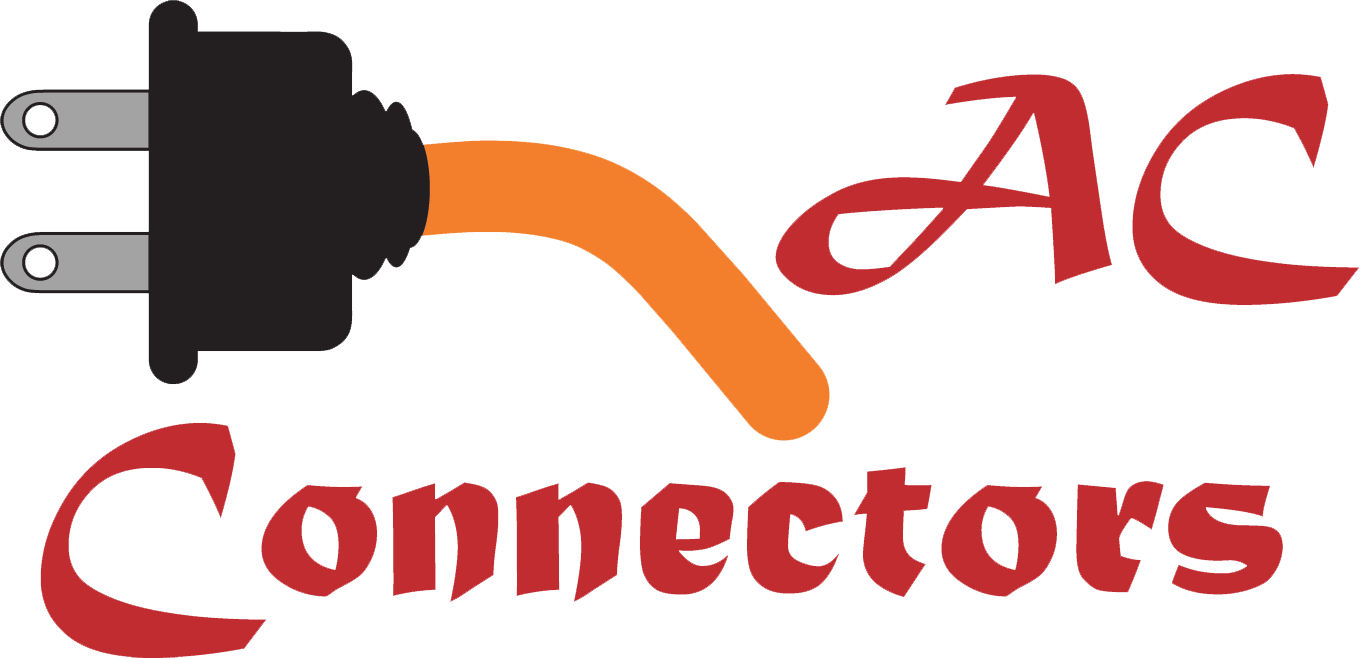
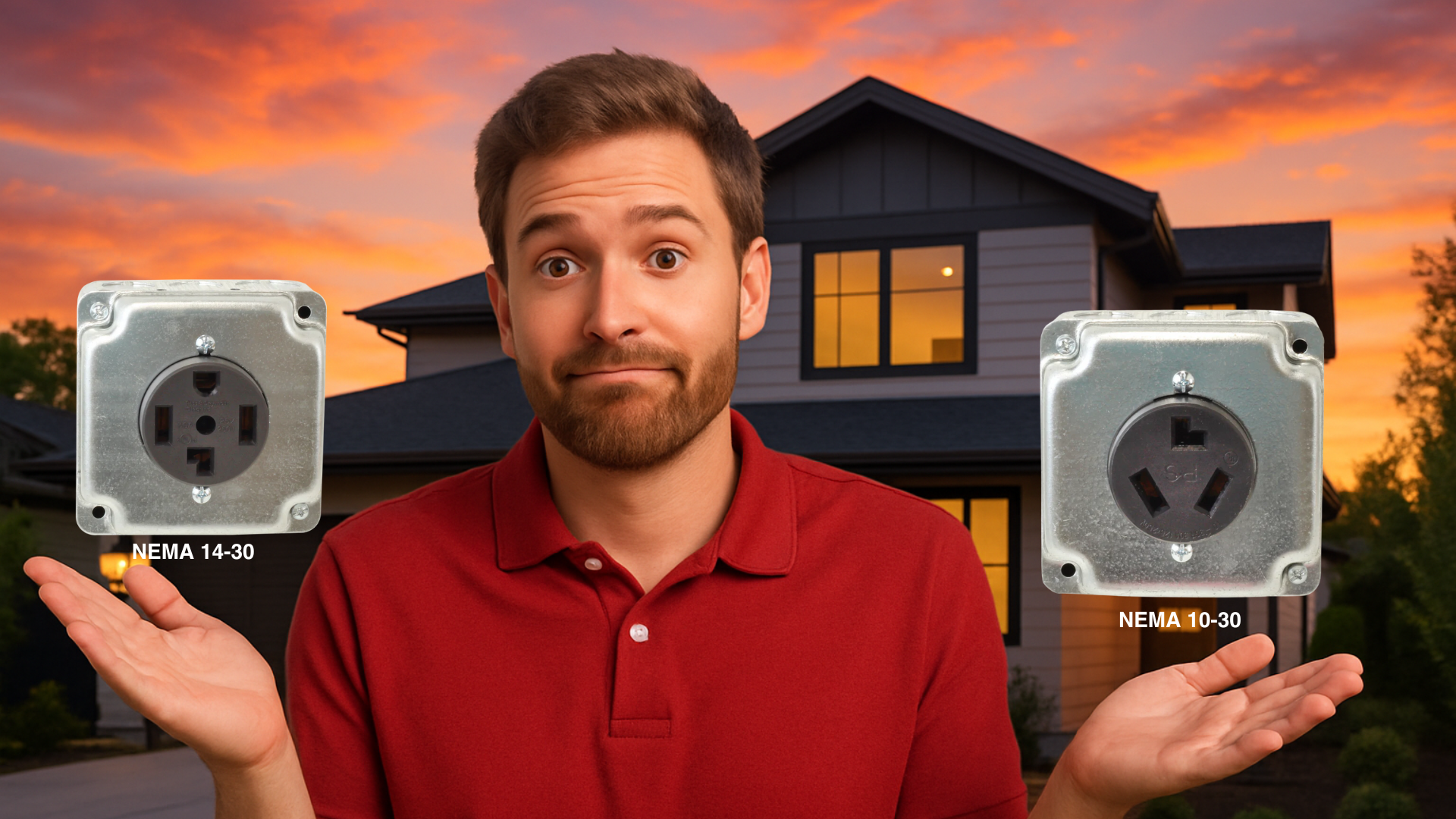
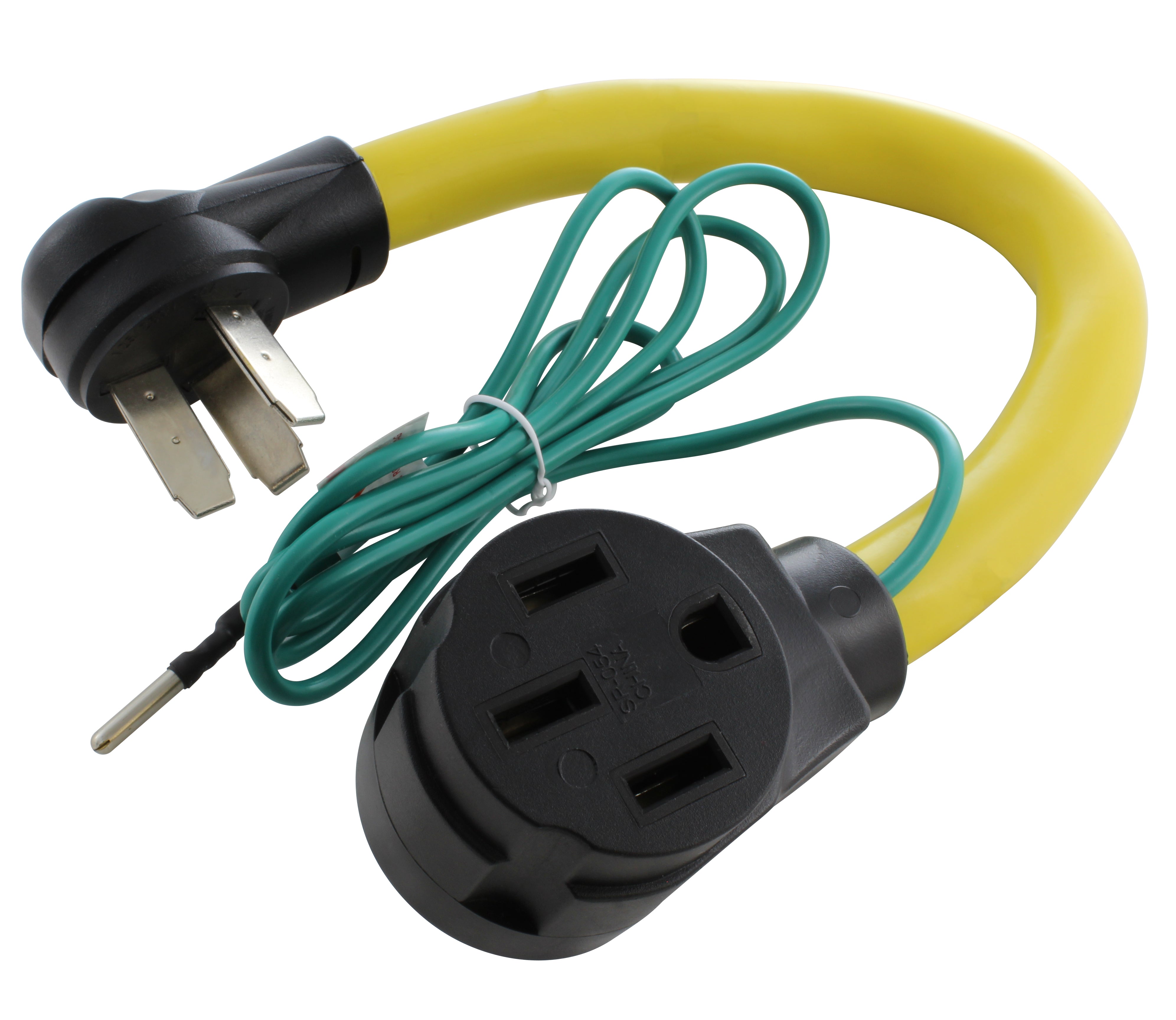
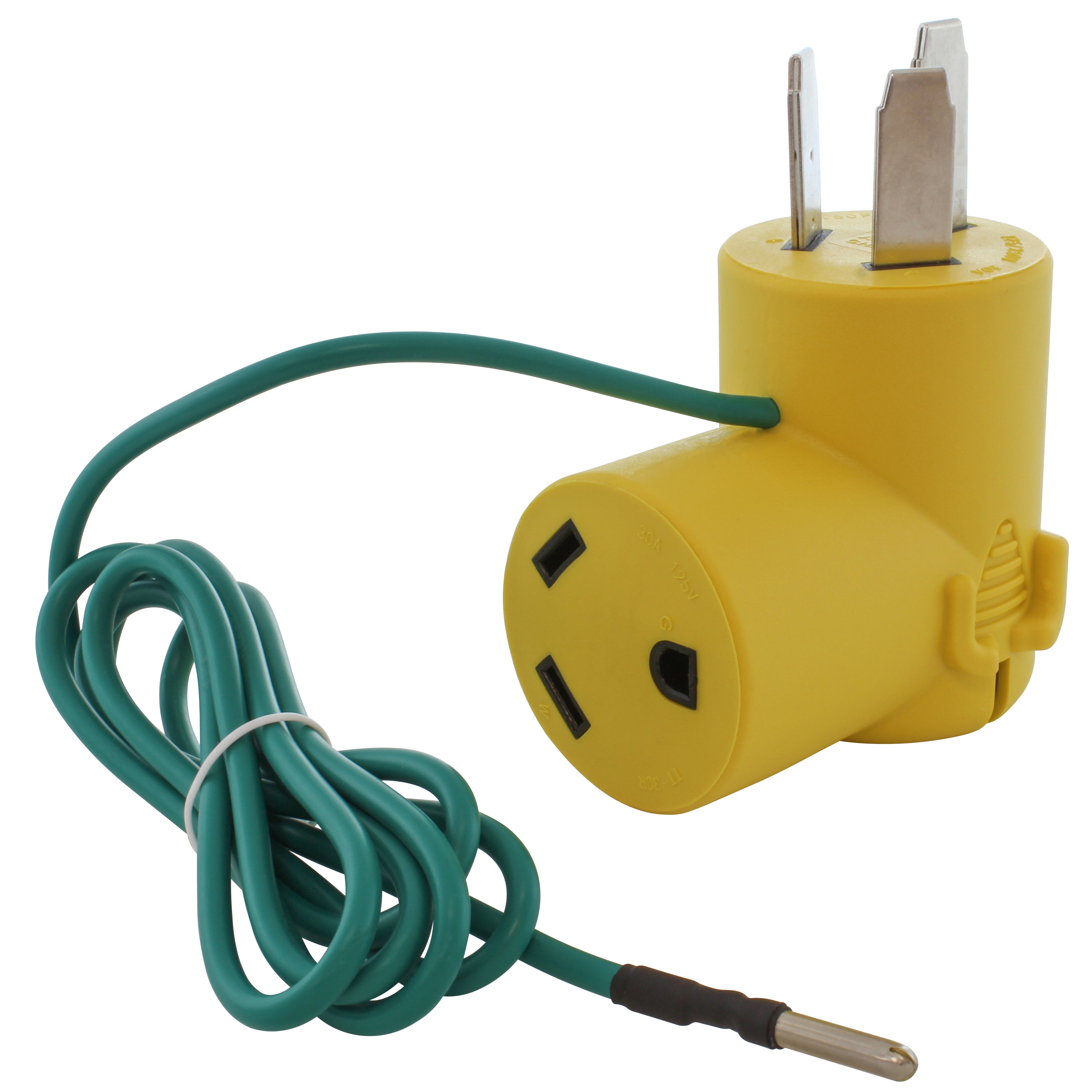
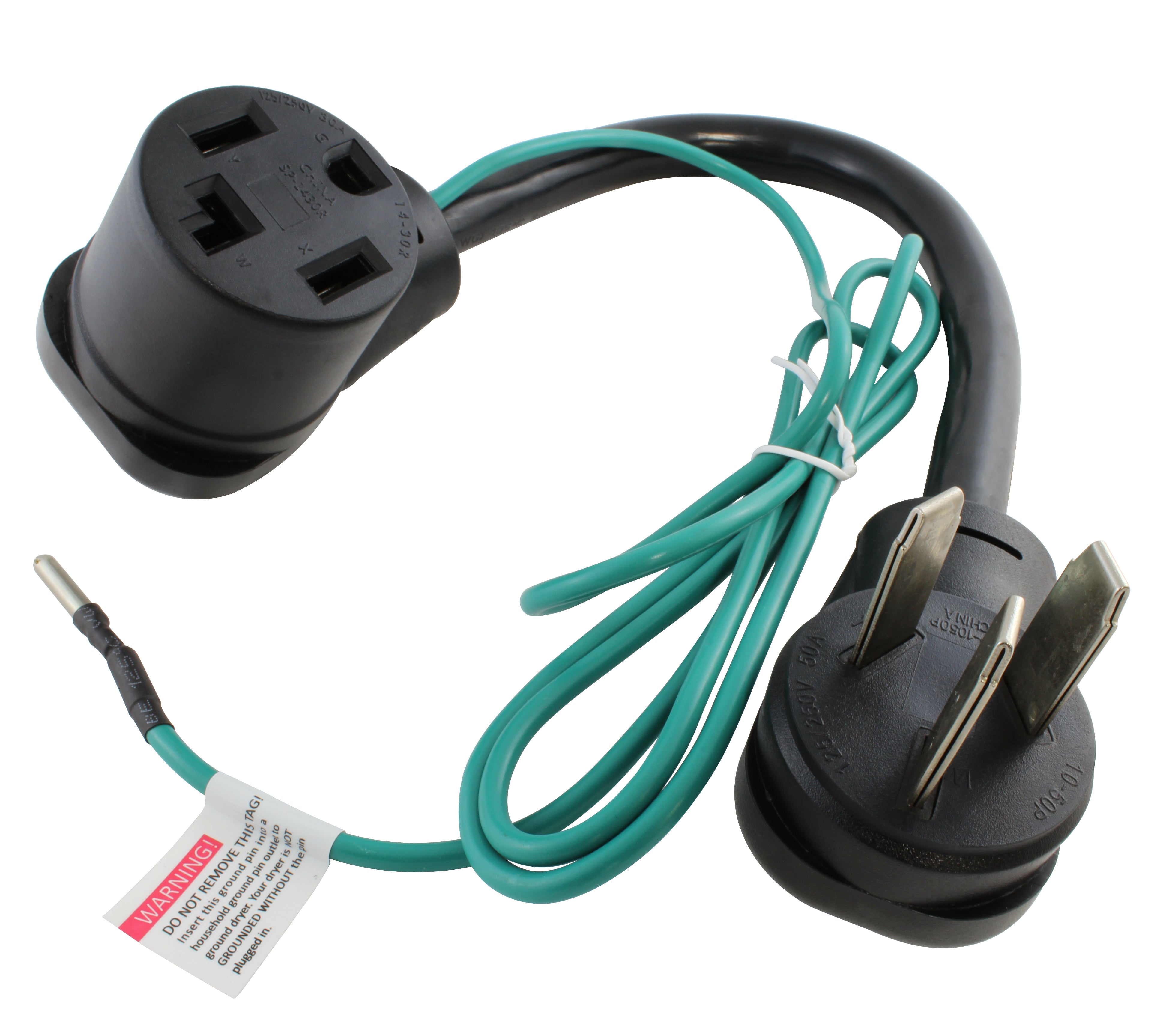
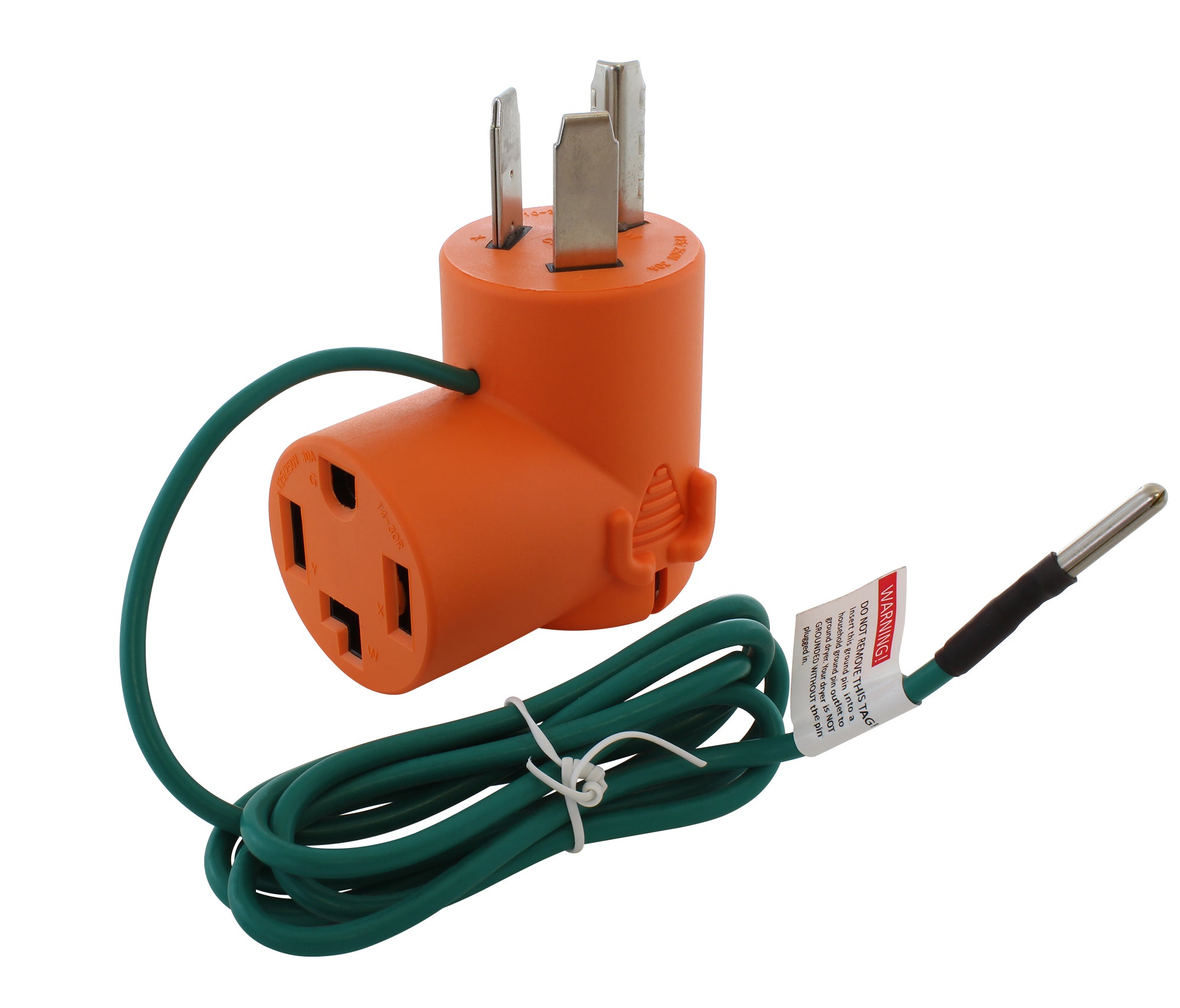
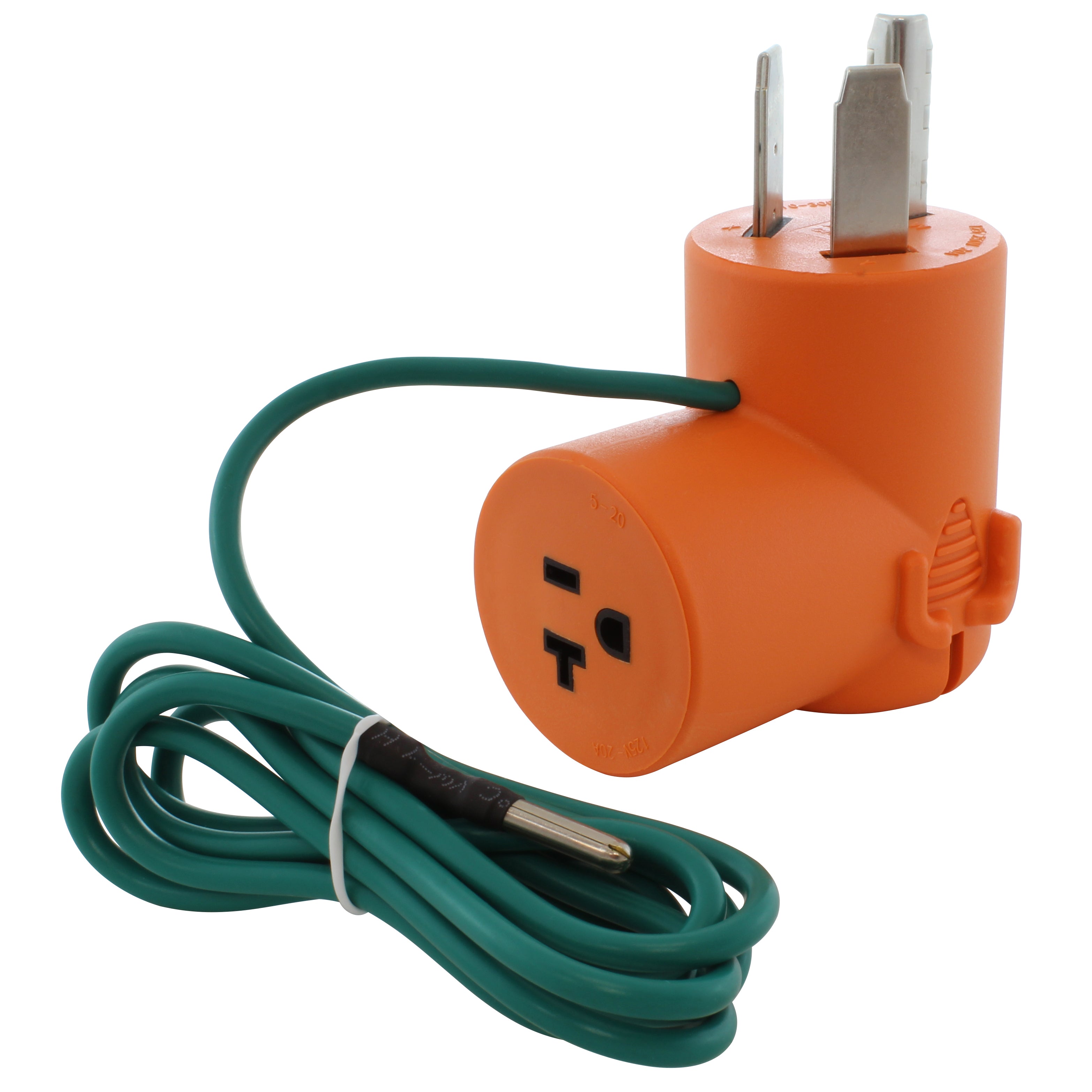
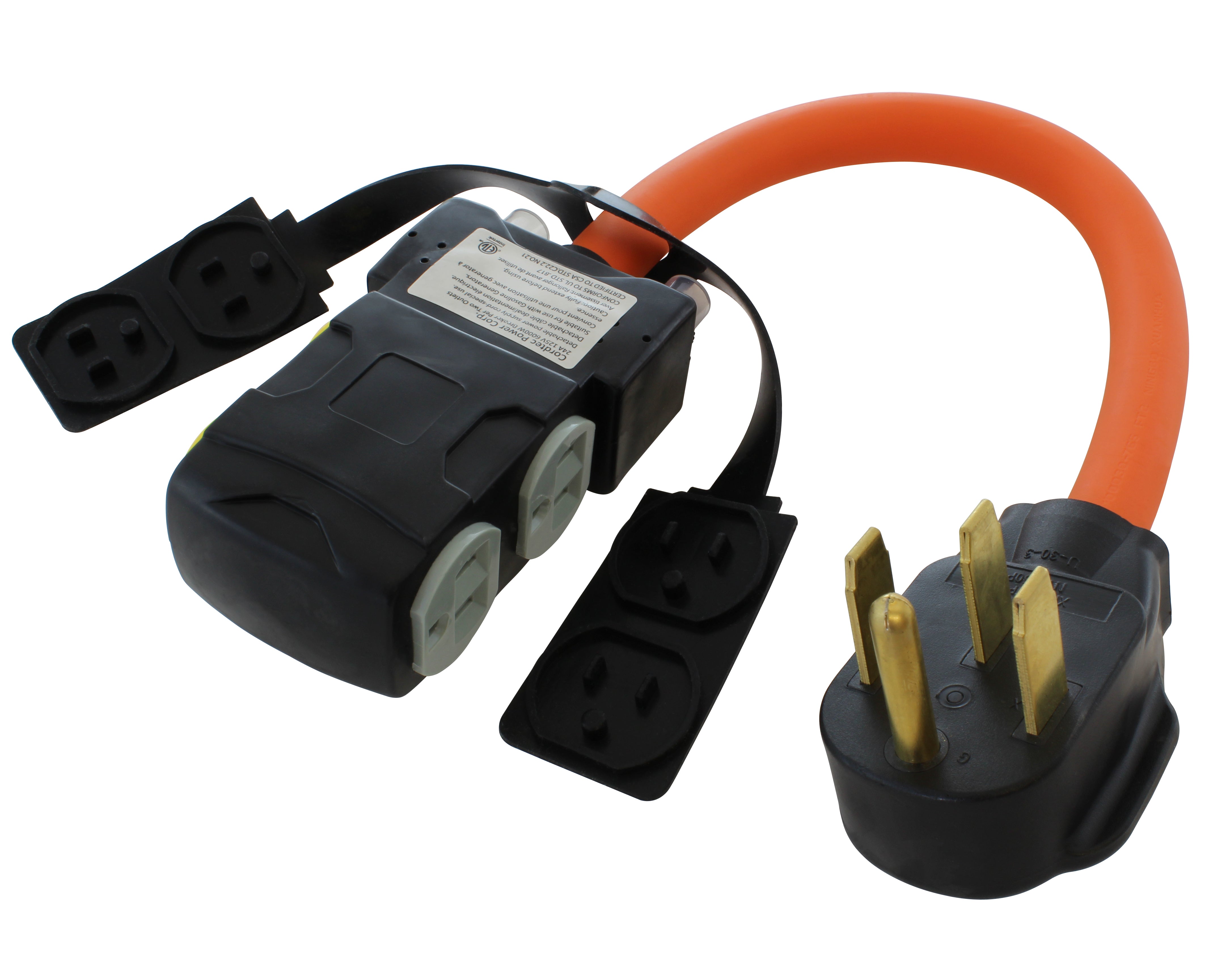
![AC WORKS® [ASINSS2PBX-G] 50A Locking 4-Wire CS6375/ SS2-50 Heavy-Duty Transfer Switch Inlet Box](http://acworks.com/cdn/shop/files/ASINSS2PBX-0_0206b362-7c90-42a5-8754-0685c13dab7e.jpg?v=1758051675&width=2500)
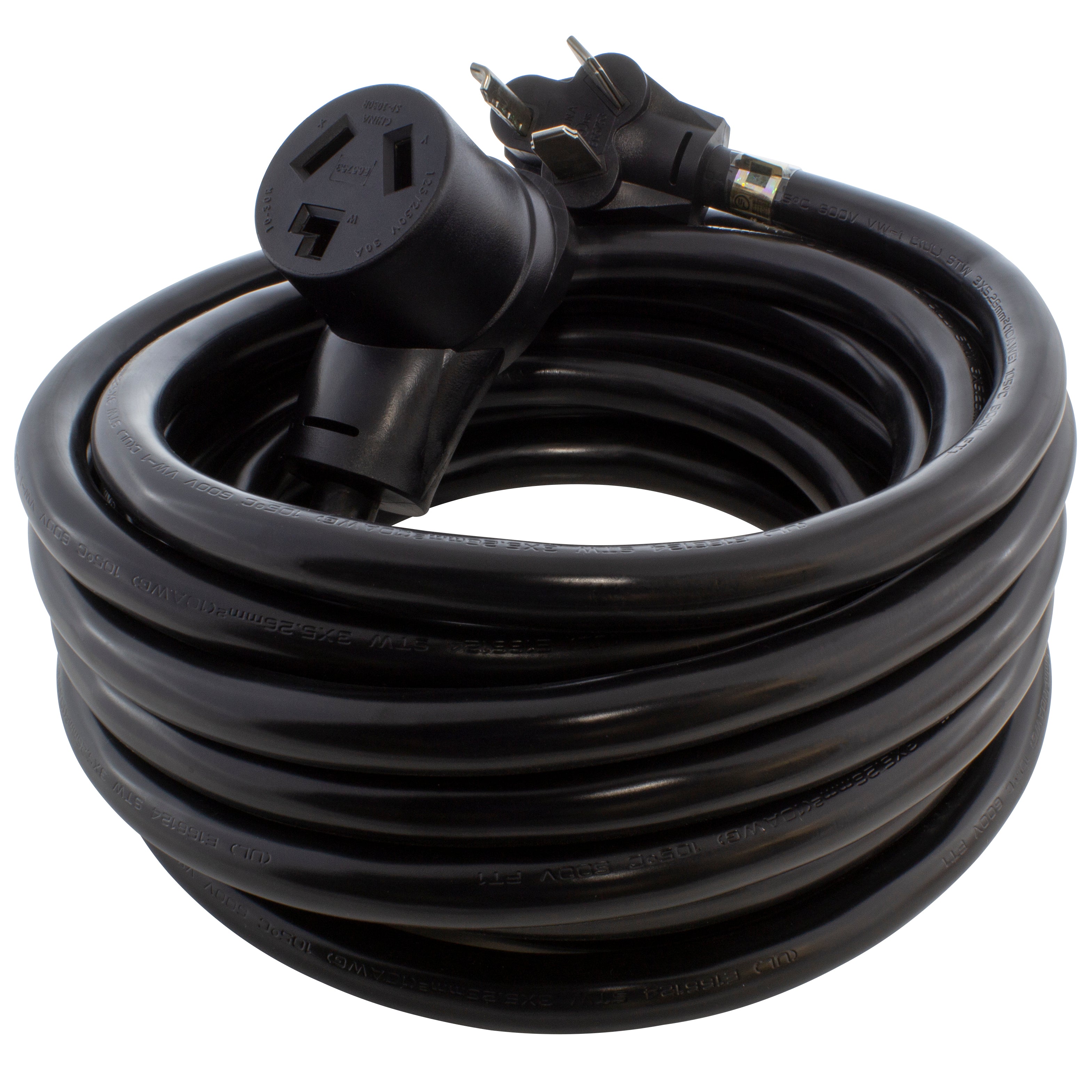
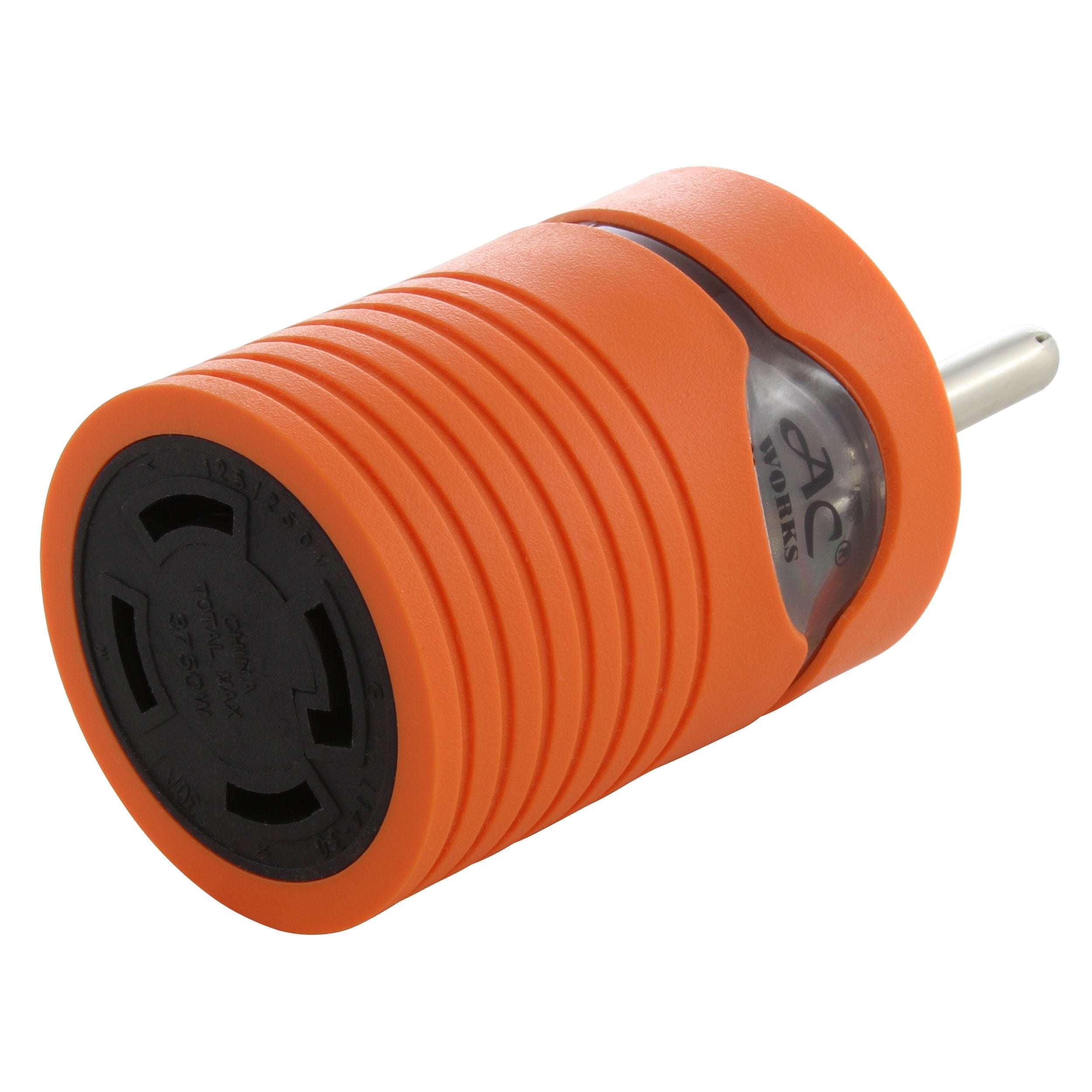
![AC WORKS® [S1430CBF520] 1.5FT 14-30P 4-Prong Dryer Plug to (4) Household Outlets with 24A Breaker](http://acworks.com/cdn/shop/products/S1430CBF520.jpg?v=1666103519&width=4656)
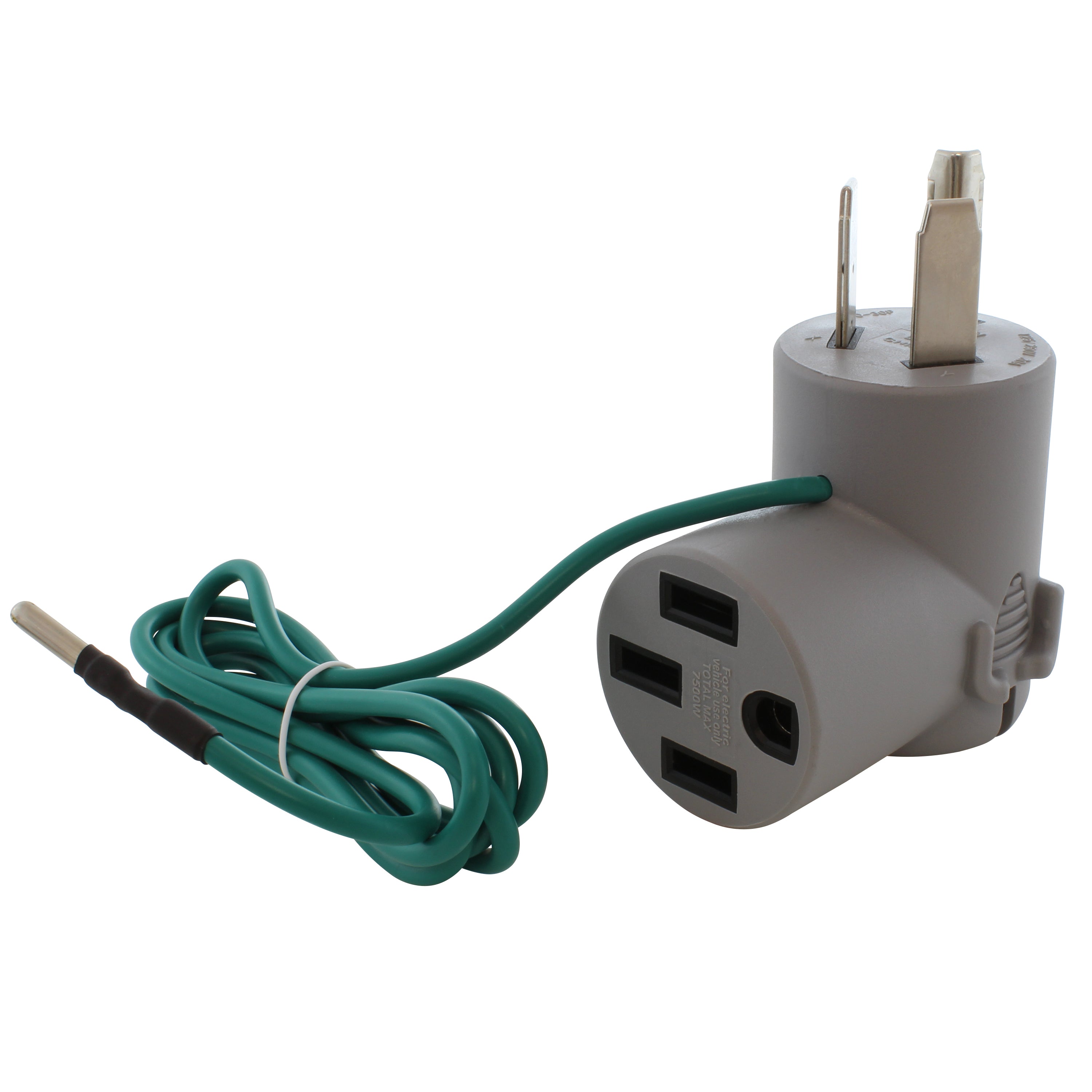
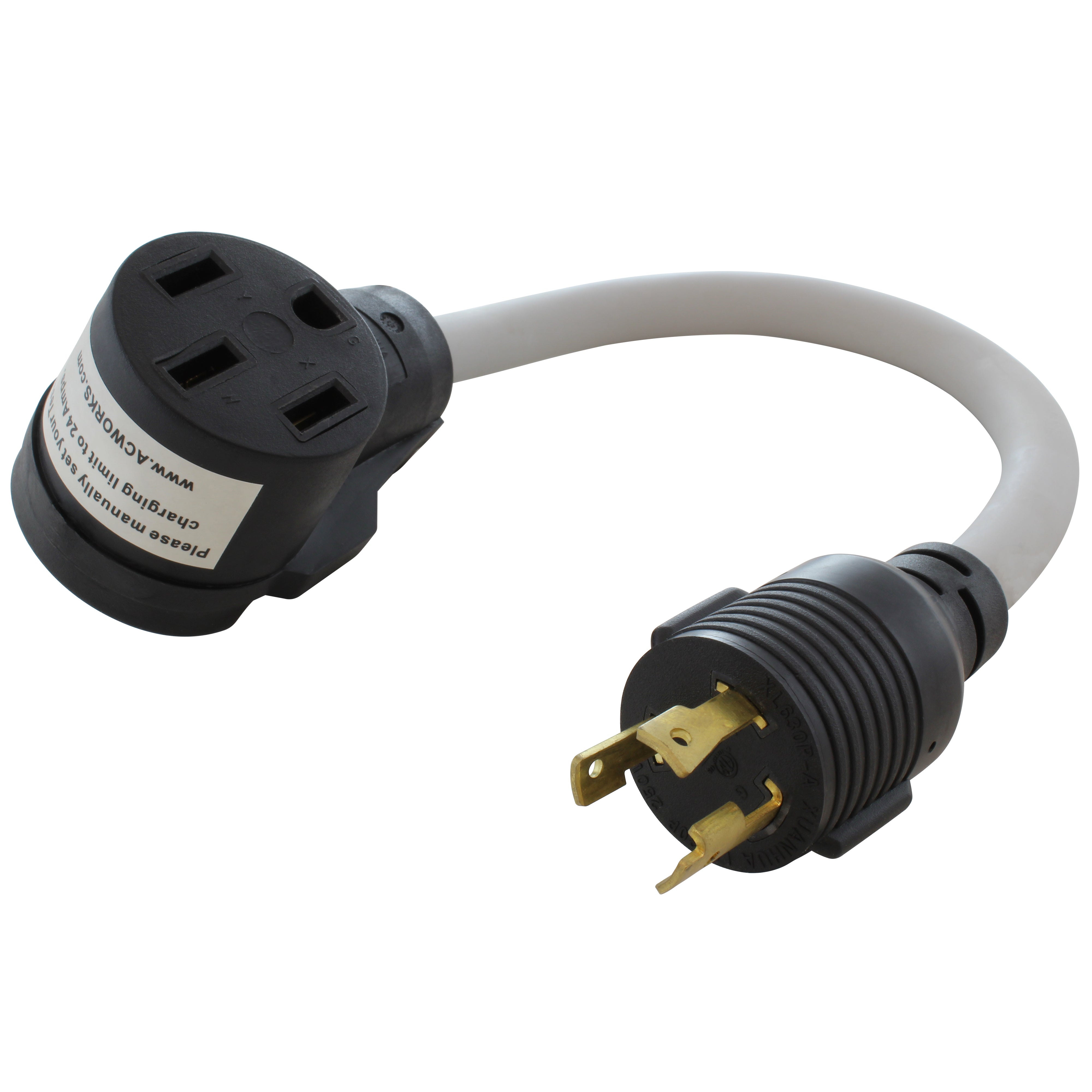
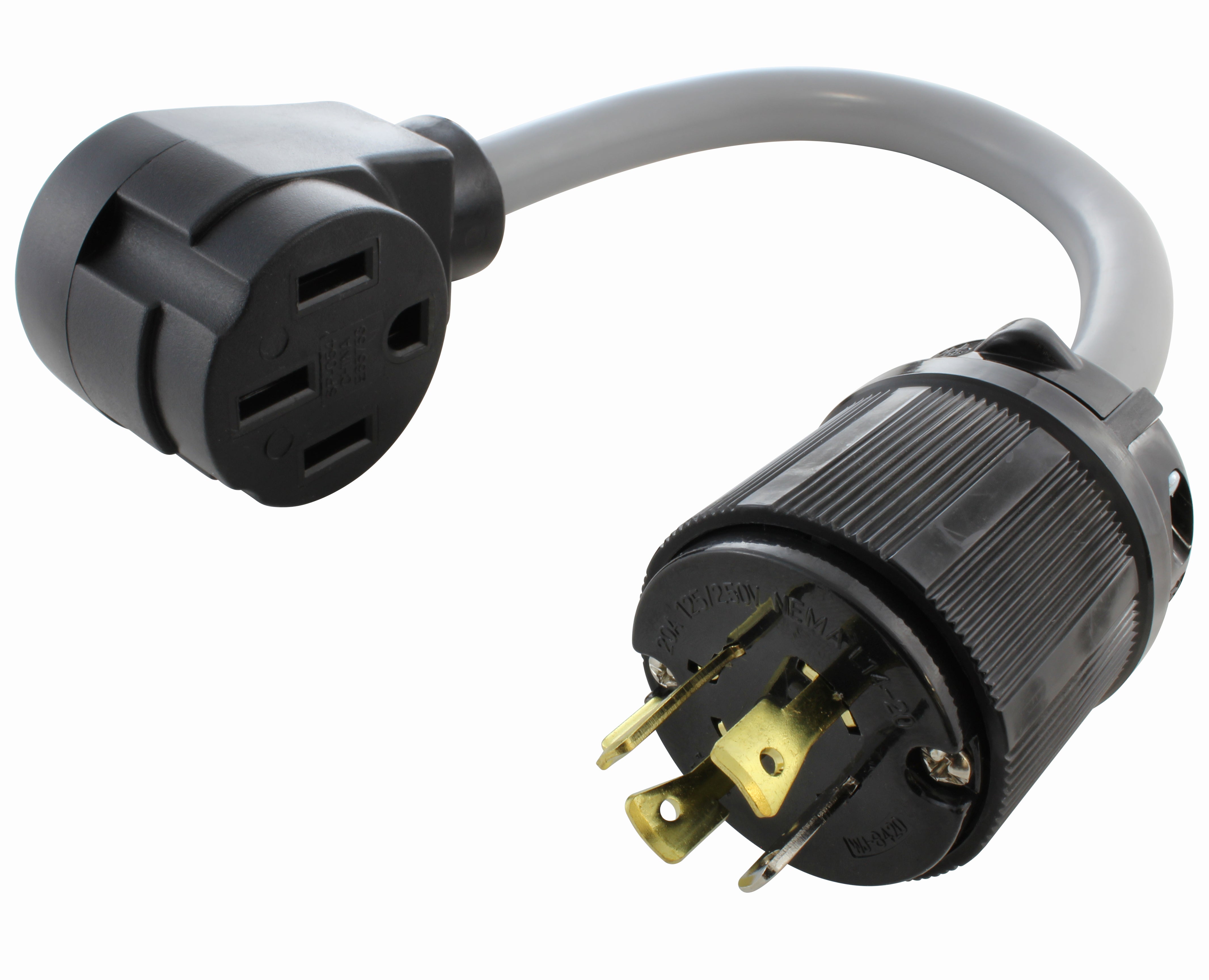
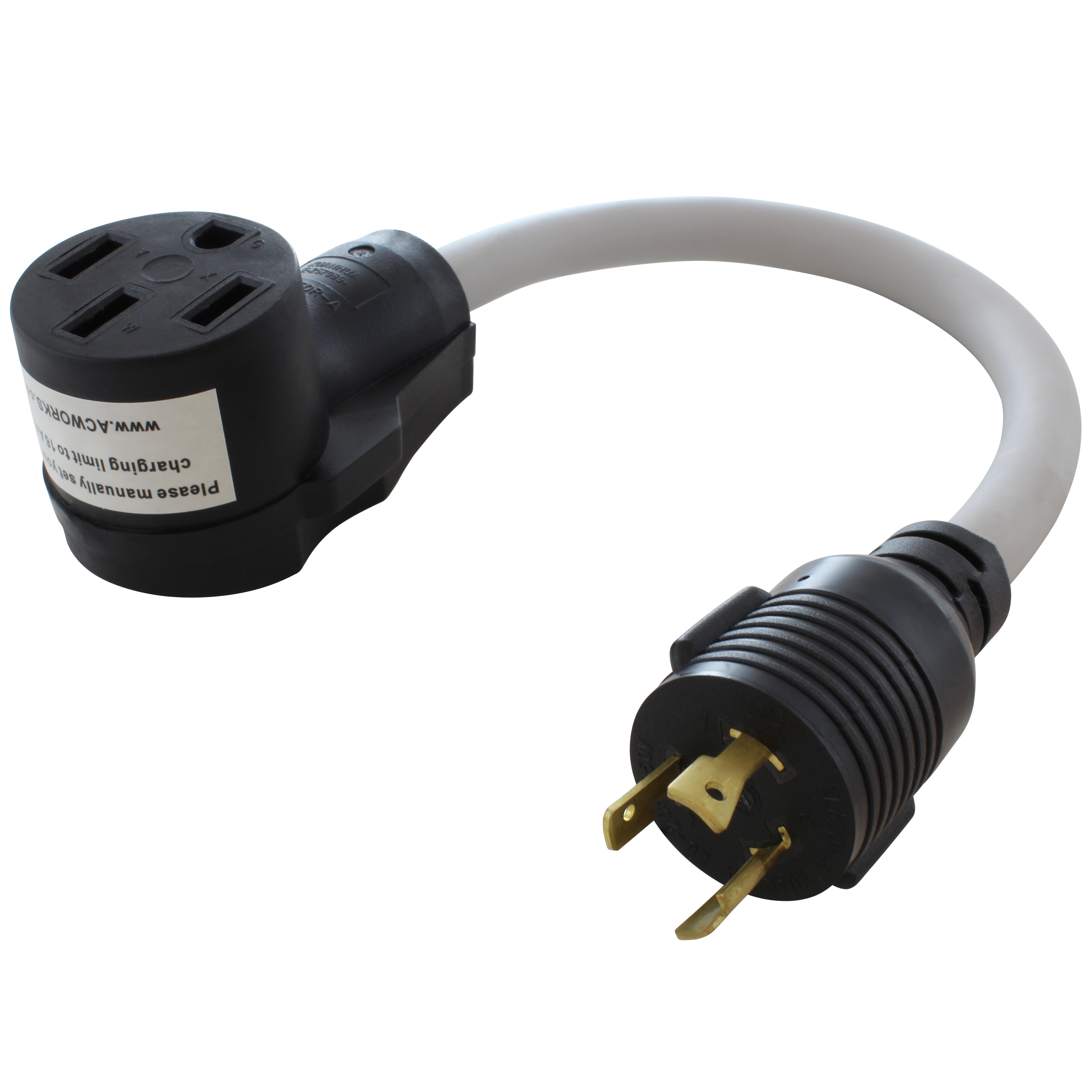
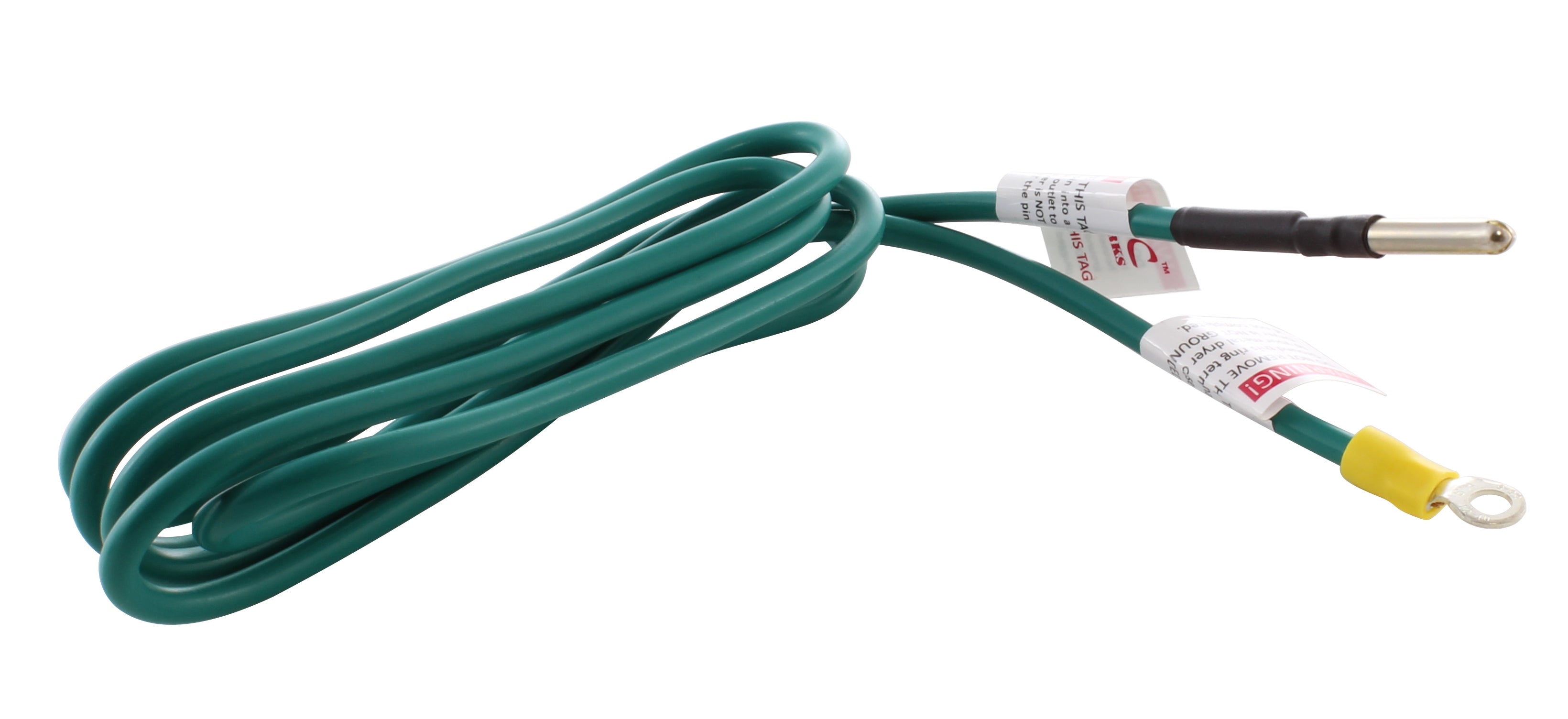
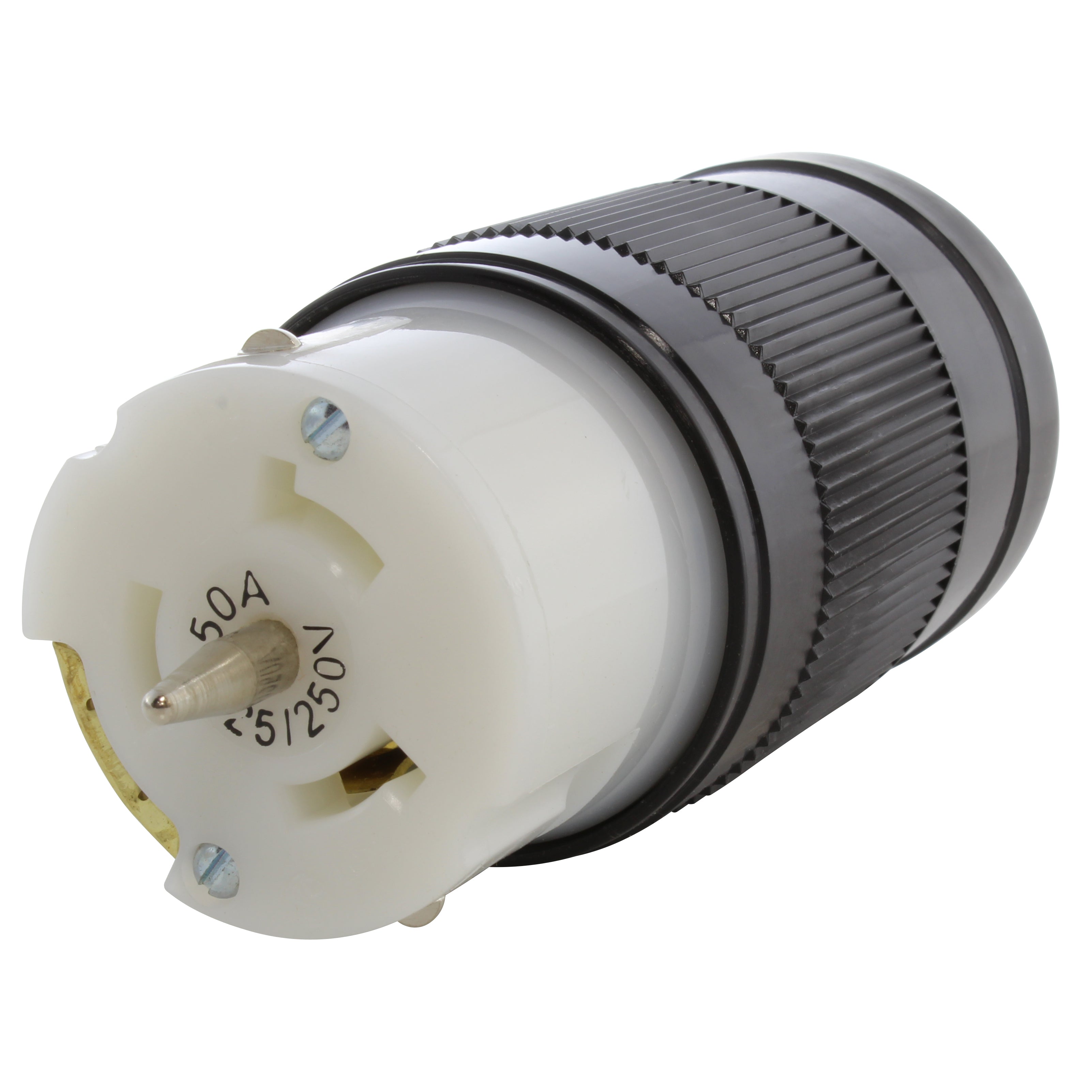
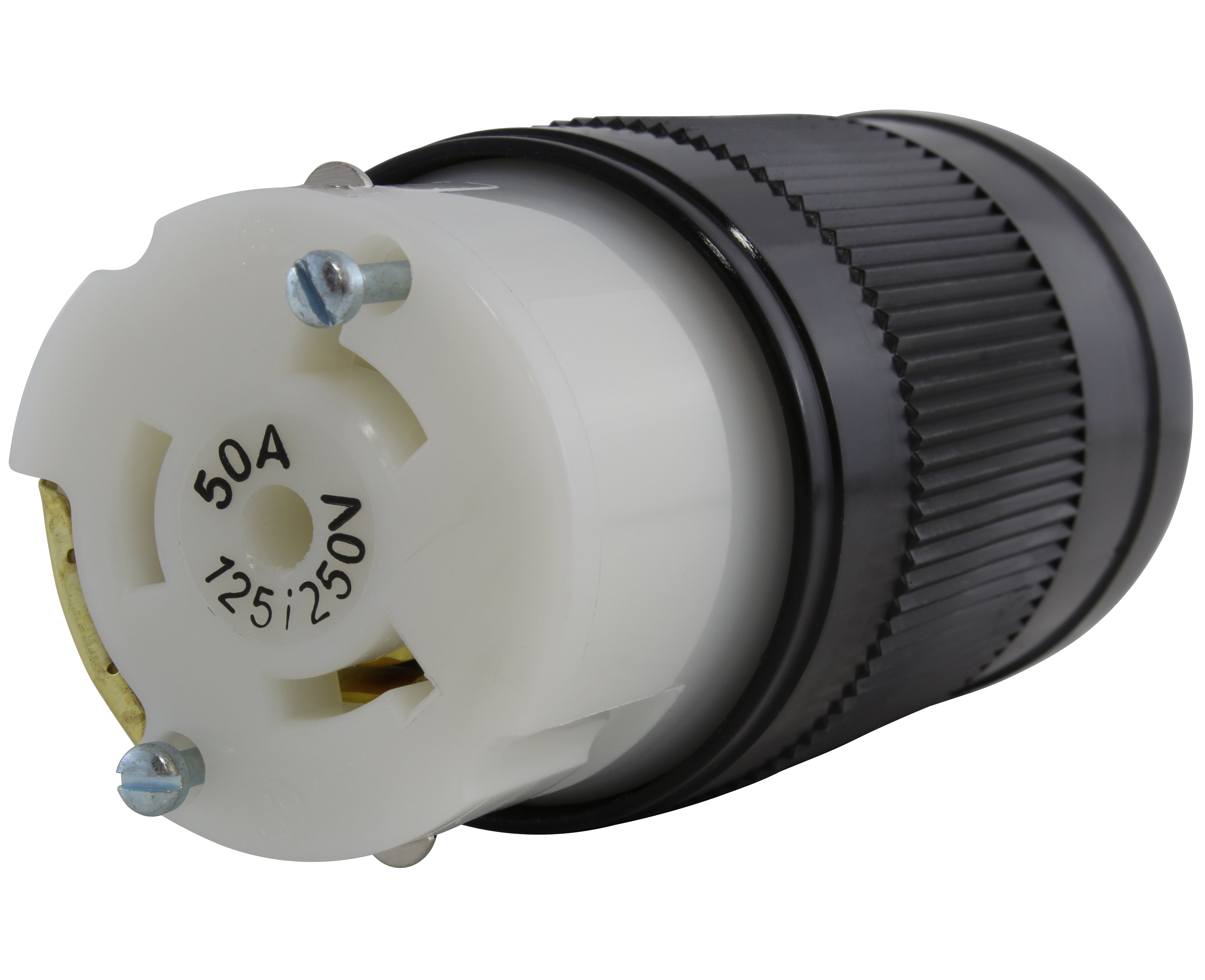
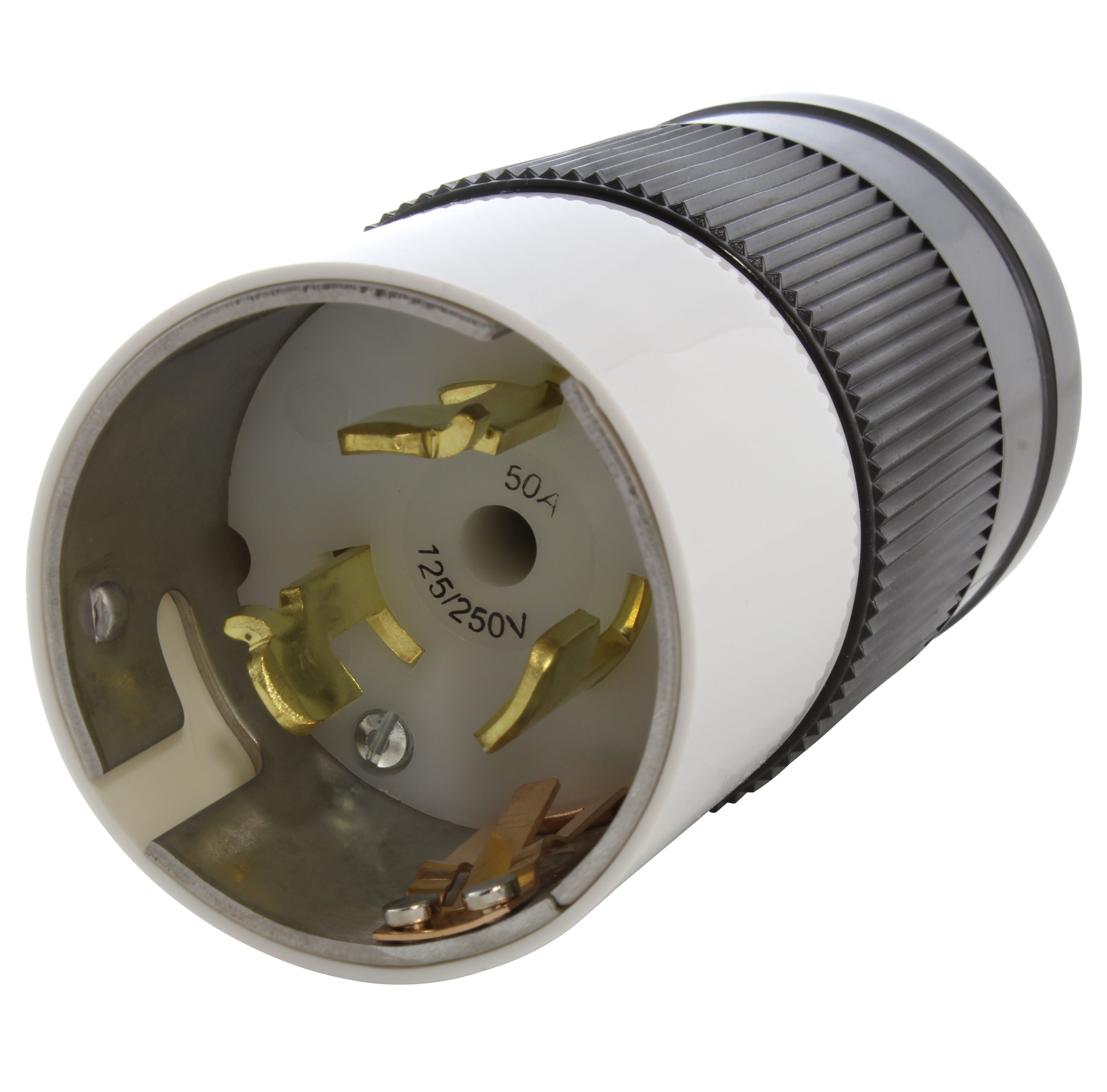
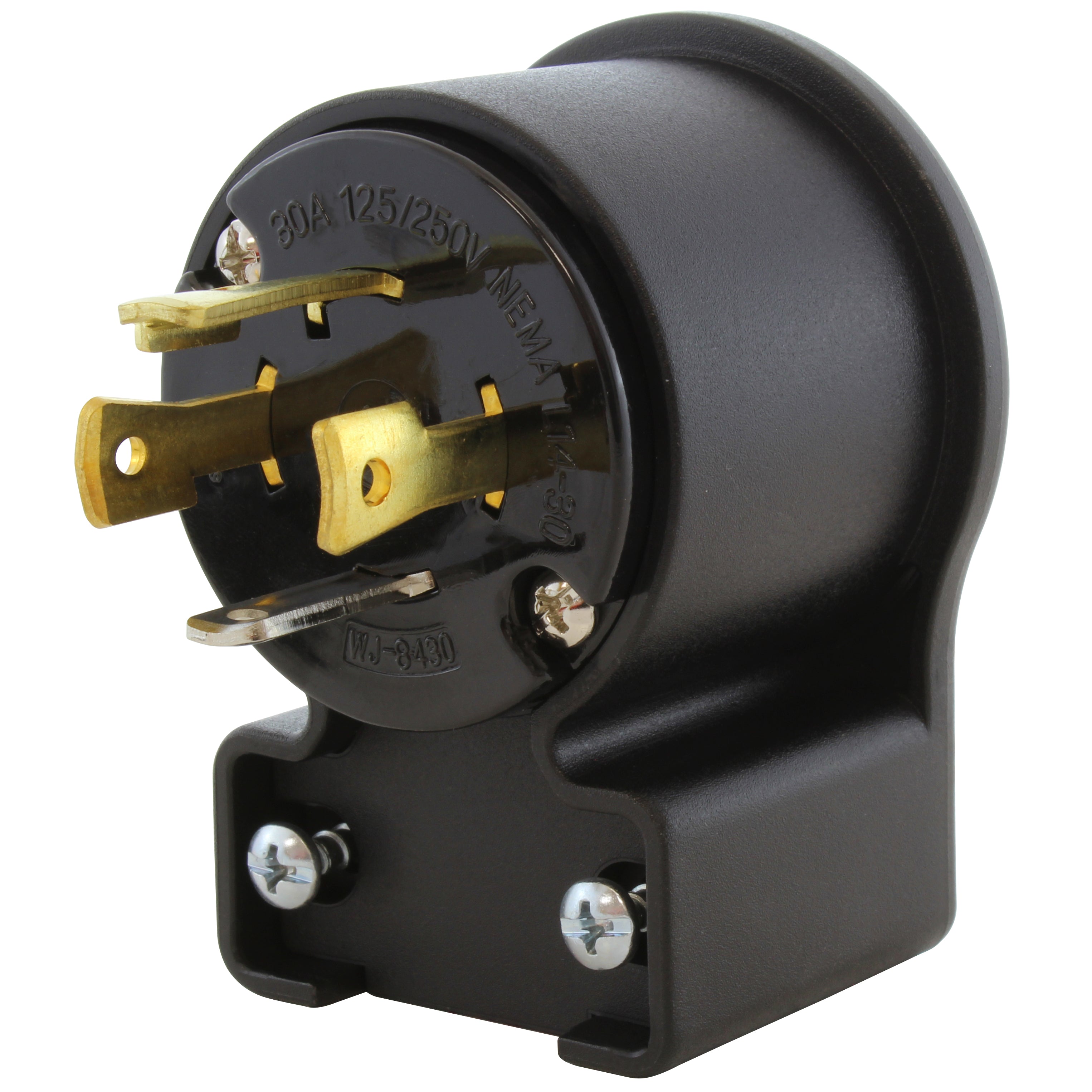
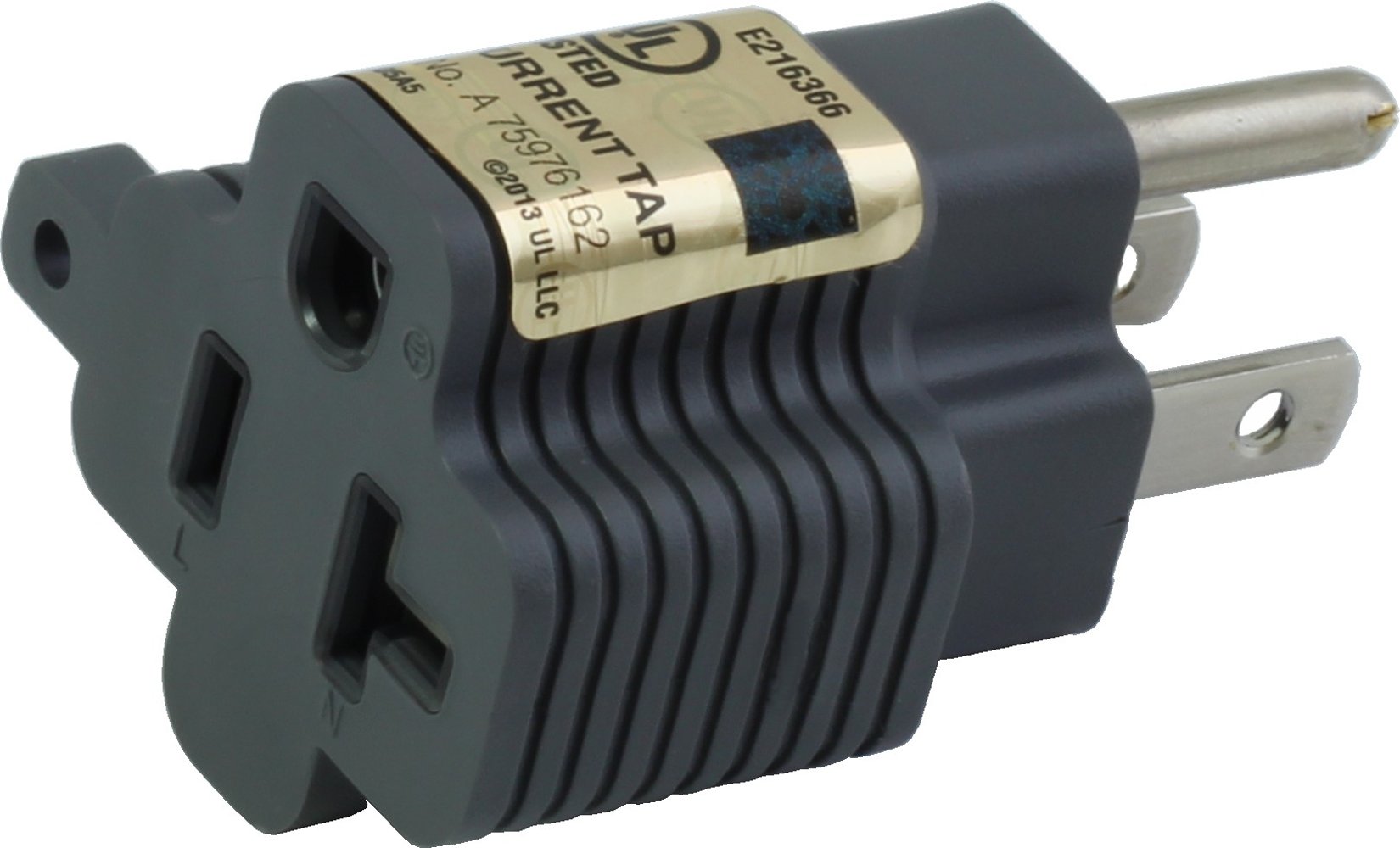
![AC WORKS® [ADV104] 3-Prong Heavy-Duty V-DUO Household Outlet Adapter](http://acworks.com/cdn/shop/products/ADV104-0.jpg?v=1605738768&width=3128)
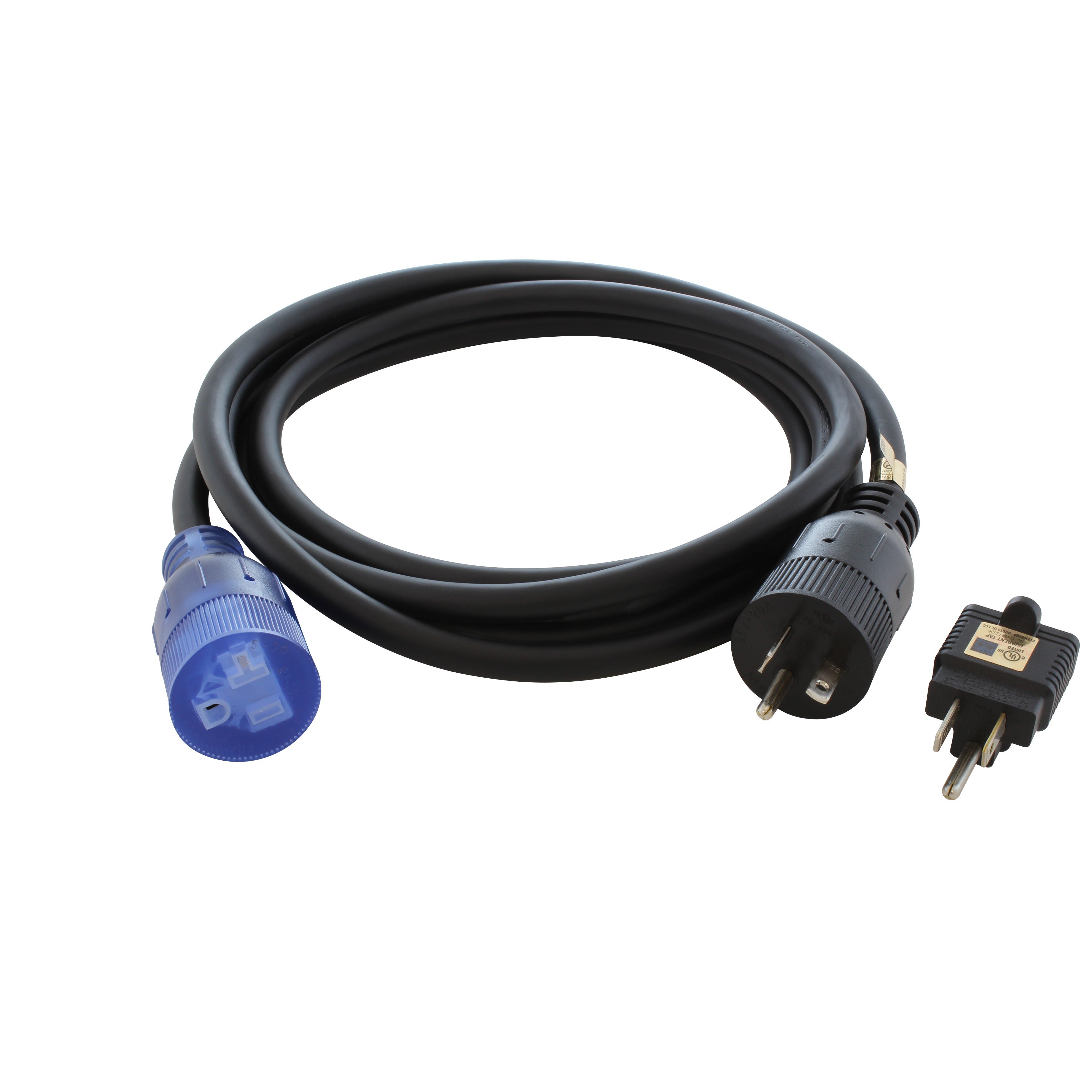
![AC WORKS® [XH515520] 15A to 15/20A 125 Volt Plug Adapter with ETL Safety Approval](http://acworks.com/cdn/shop/files/XH515520-0_daea425a-f439-48df-bb75-052167057f12.jpg?v=1729091519&width=2500)
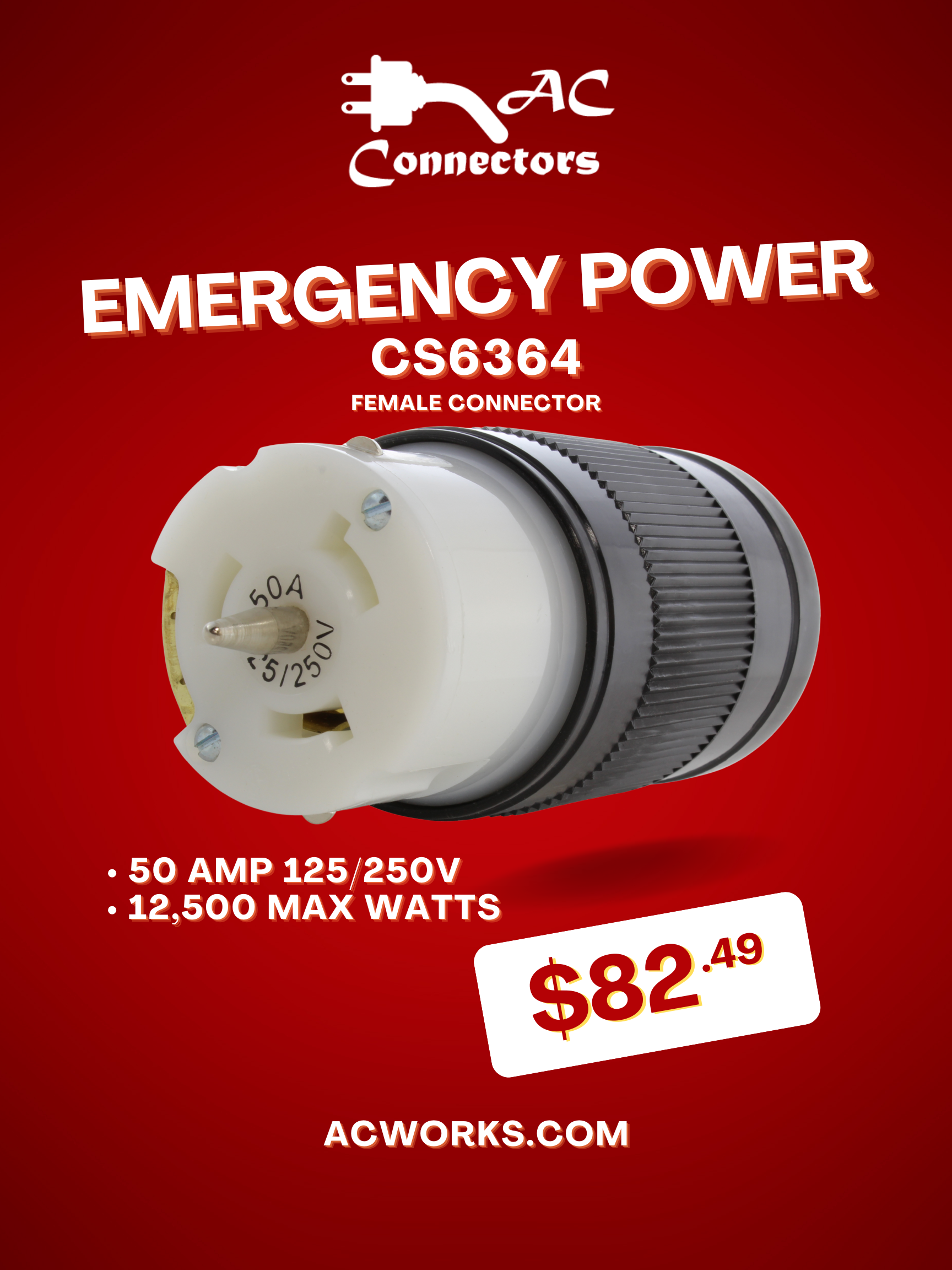
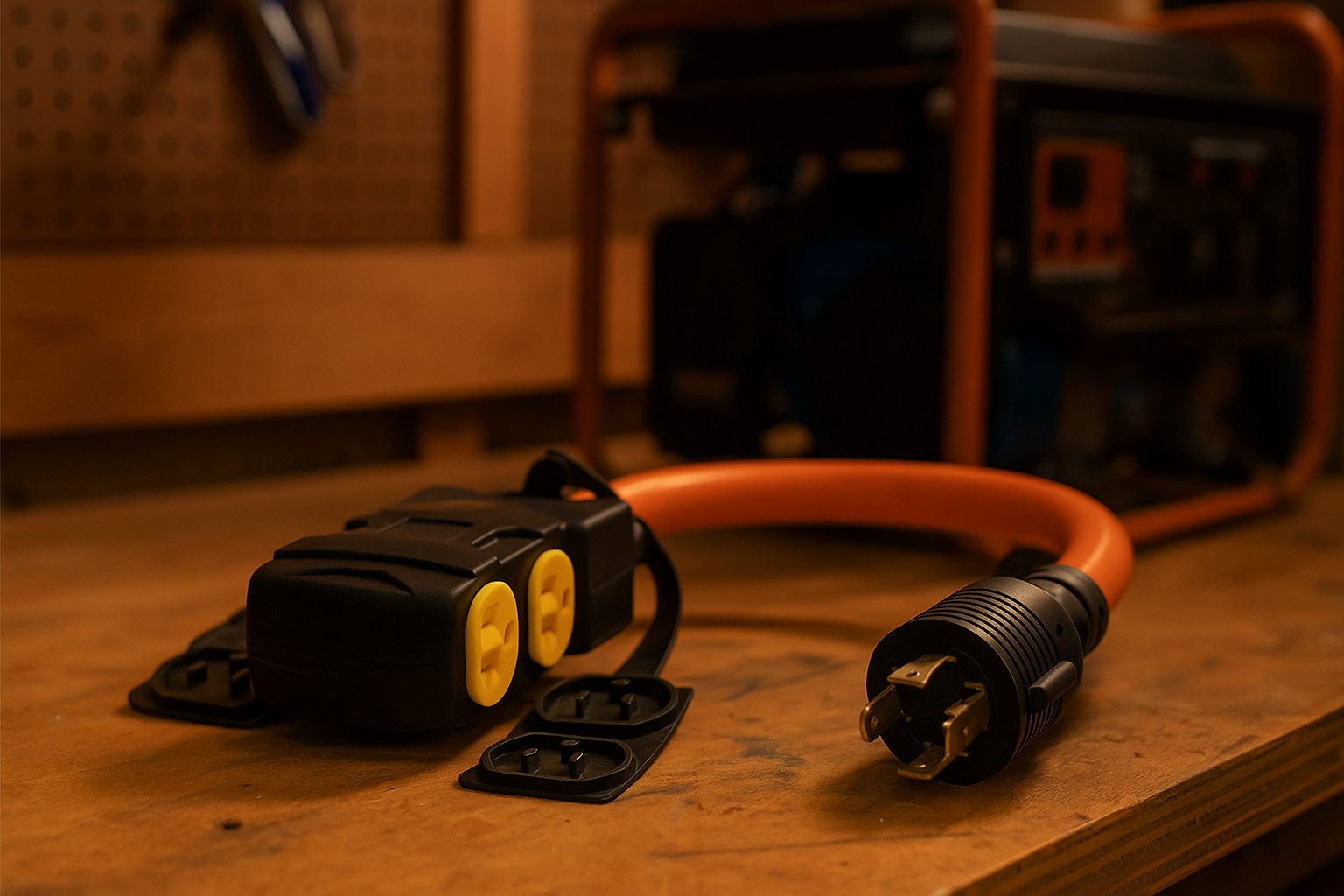
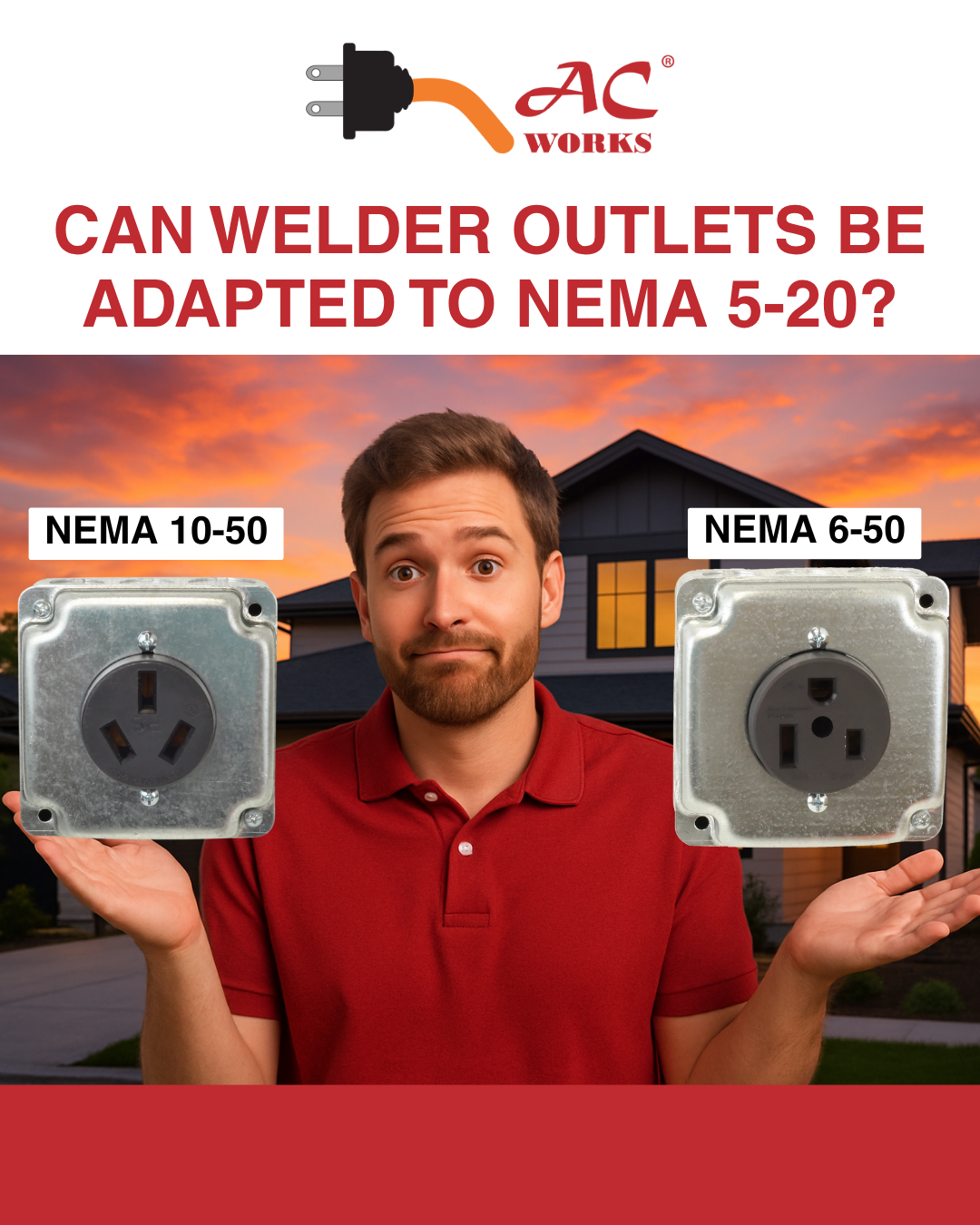
Share:
Does Your Home Outlet Run at 15 or 20 Amps?
Charge Anywhere: How AC WORKS® Supercharger Adapters Keep You Moving